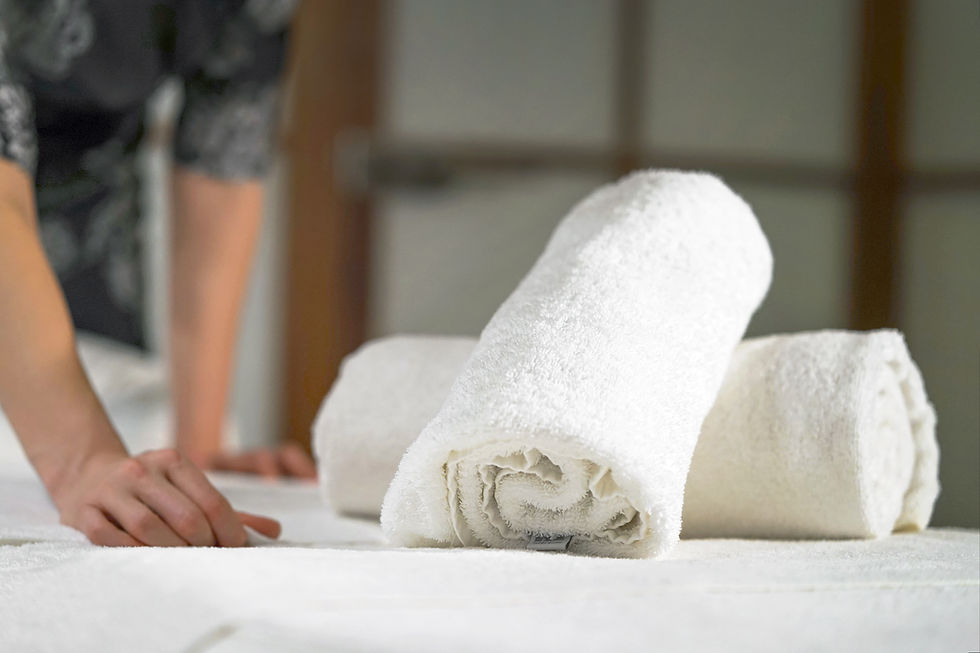What is Considered a Safe Disinfectant Chemical for Young Children
- Pro-Chem
- Feb 15, 2021
- 2 min read
As a young parent, one of the many things in mind is the wellbeing of your child. During MCOs and national lockdowns, some countries allow critical businesses to continue operating, which make things a bit difficult for working parents as someone needs to help to take care of the child while they are off at work.
The only places that are safe to leave their kids are nurseries and kindergartens. However, the parents will be at the mercy of the management of these establishments, as to whether they comply not only with strict hygiene and disinfectant protocols (refer here to Ministry of Education SOP), but also if the disinfectant chemicals used are safe for young children.
We do understand how young parents are feeling at the moment and we do try to educate young parents to be commercially aware of the different types of common disinfectant out there in the market. Therefore, we have analyzed a few different types of disinfectant chemical below to weigh their pros and cons.
1) Sodium Hypochlorite
Pros: Effective "bleach" solution that can kill most dangerous microbes and very economical to use. Requires professional guidance on dosage and solution requires to be wiped off after application to prevent bleaching.
Cons: Disinfectant solution must be wiped off from surface as even a little amount ingested is considered dangerous to children. It may corrode metal surfaces and cause colour bleaching on surfaces. It can also cause skin irritation and potential respiratory problems.
2) Peracetic acid and Hydrogen Peroxide
Pros: Considered medical grade, and natural environmental friendly by-product (oxygen, water, vinegar)
Cons: Very expensive for daily consumption for large surface area coverage. It is volatile chemical. Potential risk of exploding and fire hazard due to oxygen building up. May also causing bleaching.
3) Quaternary Ammonium Compounds (QAC)
Pros: A very well balanced and cost effective solution. Certain QAC have lingering bactericide effect which helps protect the surface from virus/bacteria redepositing. Widely used in food manufacturing industry to sanitize their facility on a daily basis. The right concentration amount is considered food grade safe and effective sanitizing tool for daily usage.
Cons: Cannot be used with other cleaning chemicals (detergent, multi cleaner, floor cleaner), as make it ineffective. Too little concentration may not be sufficient to sanitize a high risk virus infected area.
As you can see, there isn't a one-size-fit-all solution. All chemicals have their pros and cons and should be used on a situational basis. It is prudent for all young parents to be aware of what their children's kindergartens/nurseries are using and to make sure that they are used at a safe concentration level.
To find out more about the disinfectant chemicals above, please refer to our other blog post on this.





Comments